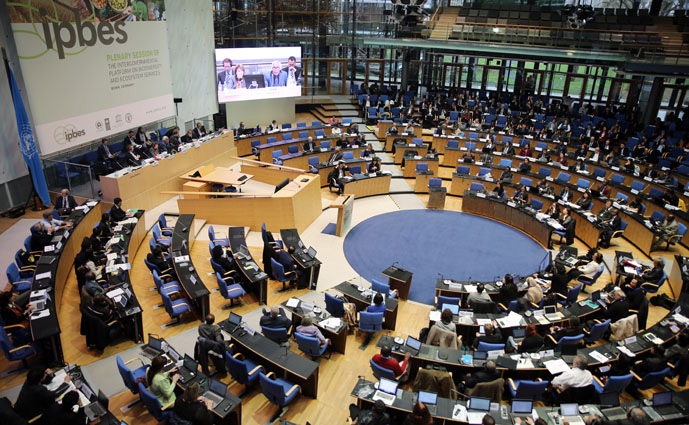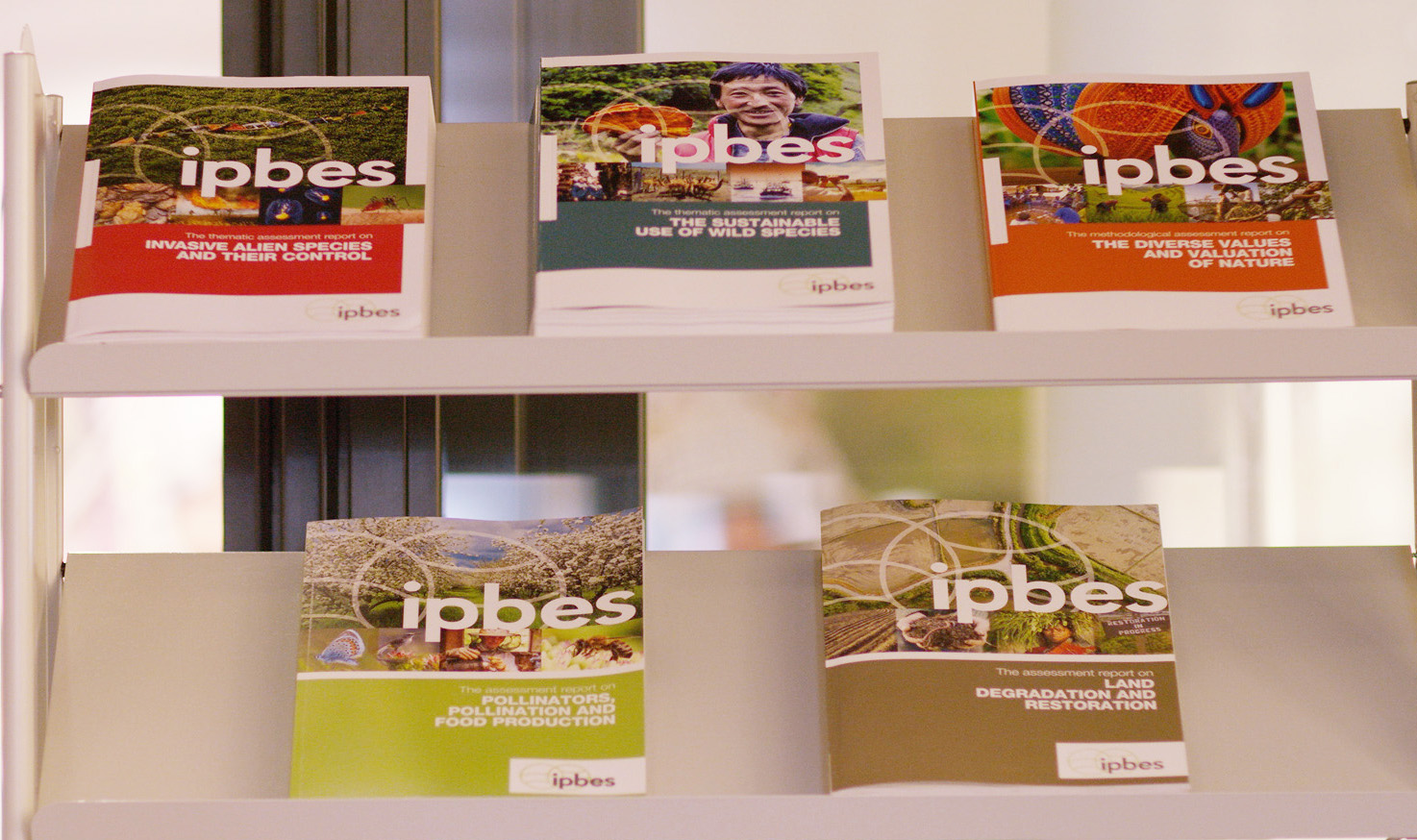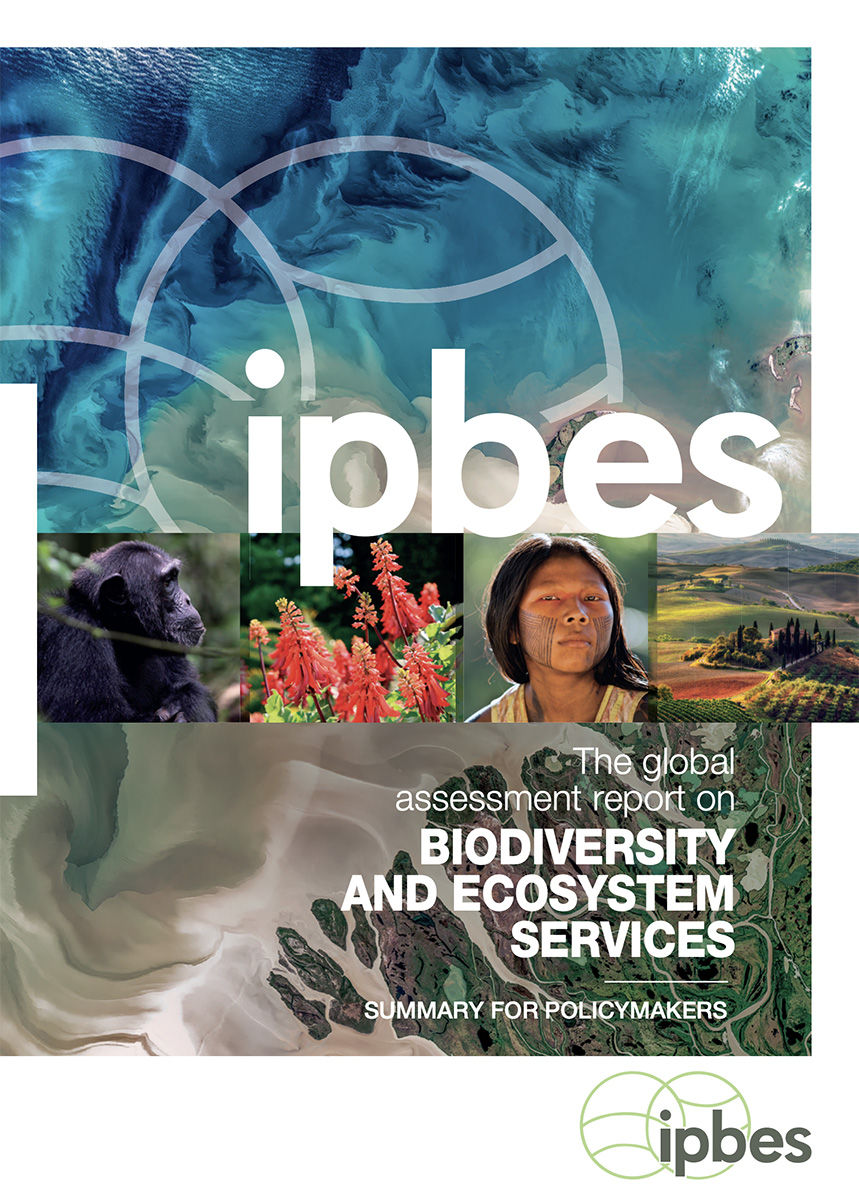3. One million Species Facing Extinction Crisis!?
Global Assessment Report on Biodiversity and Ecosystem Services
IPBES published 13 assessment reports between its establishment (in 2012) and December 2024. The first of these, The Assessment Report on Pollinators, Pollination and Food Production (2016) revealed the global decline in pollinators such as bees and butterflies, and warned that this poses a severe threat to food security.
Even more impactful was the 2019 Global Assessment Report on Biodiversity and Ecosystem Services.
This report revealed the global degradation of Nature's Contribution to People (NCP), particularly highlighting the decline over the past 50 years in regulating contributions–such as crop pollination and climate change mitigation–on which humanity depends. It also emphasized that achieving international goals for the conservation and sustainable use of biodiversity requires transformative changes across all sectors, including economy, society, politics, and science and technology.
A major finding was that an estimated one million of the 8.1 million species of plants and animals are threatened with extinction, meaning that about one-eighth of all species on Earth are at risk.
Impacts of the Reports
Anne Larigauderie, IPBES Executive Secretary, said, "This stark figure has become a global symbol of the biodiversity crisis, and it continues to be widely referenced in discussions about biodiversity loss." The finding that one million species are at risk of extinction was widely covered by media outlets around the world. Within just one week of its release, it was reported in over 160 countries, with more than 33,000 articles published in 55 languages.
At the World Economic Forum Annual Meeting (commonly known as the Davos Conference), held shortly after the report's publication, biodiversity loss was, for the first time, listed among the top five most urgent business risks. Since then every year, it has remained among the top five business risk factors.
Based on the findings of the Global Assessment Report on Biodiversity and Ecosystem Services, the Kunming-Montreal Global Biodiversity Framework (GBF) was adopted at the 15th Conference of the Parties to the Convention on Biological Diversity (CBD COP15), held in Montreal, Canada in 2022. This framework included the "30by30 targets" (a plan to conserve 30% of the world's land and oceans by 2030). In response to this report, a mission was set to "take urgent action to halt and reverse biodiversity loss to put nature on a path to recovery by 2030."
In this way, IPBES positioned biodiversity loss as a challenge requiring the same urgency and priority as climate change. The 2021 IPBES-IPCC Co-Sponsored Workshop on Biodiversity and Climate Change concluded that both crises must be addressed together, or neither can be effectively resolved.
For example, optimizing forest management can help mitigate climate change by increasing carbon dioxide capture and storage, while simultaneously protecting forest ecosystems and preserving biodiversity. Solutions that benefit both climate change and biodiversity are increasingly being pursued.








